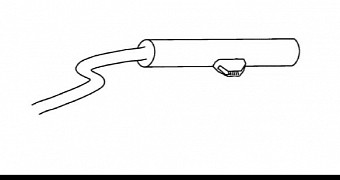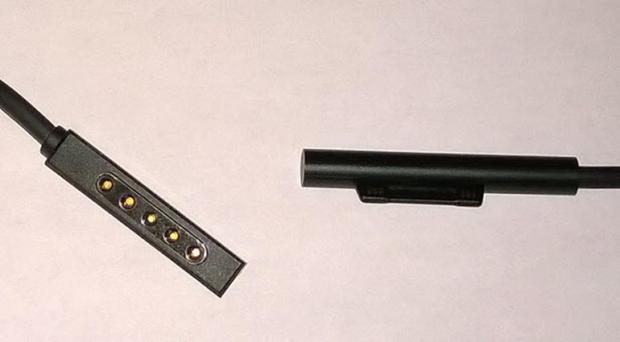Microsoft’s most recent Surface devices launched without a USB-C port because the software giant thought such an approach could have caused more harm than good, but it looks like the firm actually has a backup plan to align with the rapid growth of this new connector.
A patent recently discovered by MSPU shows that Microsoft has been looking into ways to offer USB-C on its devices, but without giving up on the Surface connector, since at least 2016, through for some reason, the company decided to hold back the new port until a later device.
Basically, the new connector combines the Surface connector and USB-C for one simple design that will allow Microsoft to kill two birds with one stone.
USB 2.0 speed
What’s a bit surprising, however, is that Microsoft doesn’t seem to be ready to use the full speed capabilities of USB-C and wants to support USB 2.0 only, despite most ports nowadays already employing USB 3.0 or even 3.1. A different possibility would be Microsoft limiting the Surface connector speed to USB 2.0, but still support USB 3.0 when other accessories are connected.
“The connector described herein allows for power and USB 2.0 (12 or 480 Mbps data) through the connector plug and cable. The described connector does not include the super-speed signal lanes of typical USB TYPE-C implementations. As such, the plug need not include typical USB TYPE-C EMI shielding,” Microsoft explains in the patent.
“As a result, the length of the plug is less than the length of a typical USB TYPE-C plug. The resulting shorter plug facilitates an easy plug attach/detach. It may be appreciated that other signaling rates are possible, but at higher frequencies the EMI may become an issue.”
At this point, there’s no guarantee that this new Surface connector would ever reach mass production, but the next Surface model that could see daylight might be the second-generation Surface Book due in the fall.

 14 DAY TRIAL //
14 DAY TRIAL // 

